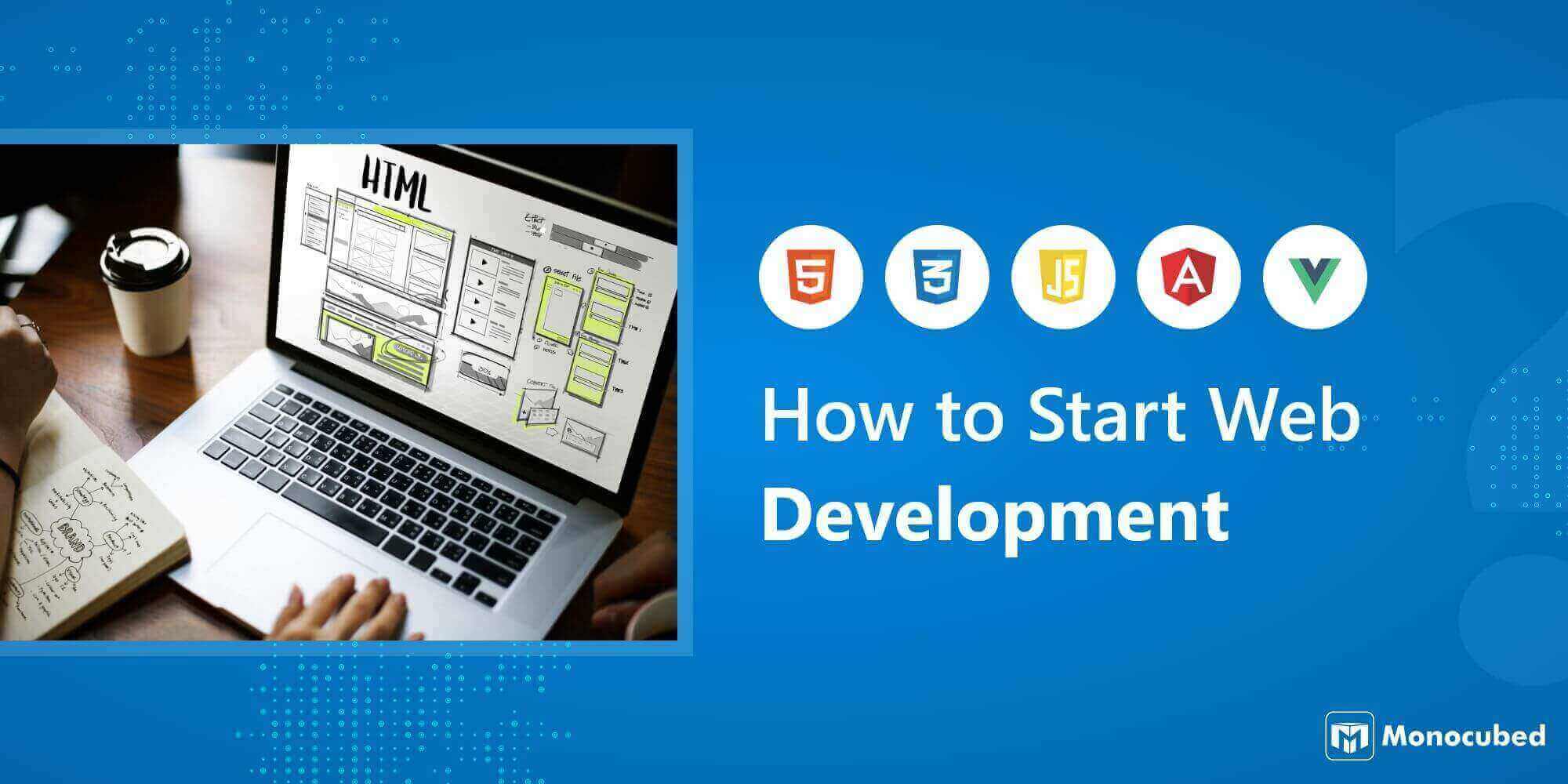
Getting Started with Web Development: A 2024 Guide
So, you want to learn web development? Excellent choice! The demand for web developers remains high, and the resources available to learn are more accessible than ever. This guide will walk you through the essential steps to begin your journey.
1. The Fundamentals: HTML, CSS, and JavaScript
These three technologies form the core of front-end web development. Think of it like building a house:
- HTML (HyperText Markup Language): The structure of the house – the walls, floors, and roof. It defines the content of your webpage.
- CSS (Cascading Style Sheets): The aesthetics – paint colors, furniture, and decorations. It controls the visual presentation of your webpage.
- JavaScript: The functionality – the electrical system, plumbing, and appliances. It adds interactivity and dynamic behavior to your webpage.
Start with HTML to understand the basic building blocks. Then, move on to CSS to style your creations. Finally, learn JavaScript to bring your webpages to life.
2. Learning Resources
Numerous online resources can help you learn. Here are a few popular options:
- FreeCodeCamp: A comprehensive, project-based curriculum.
- Mozilla Developer Network (MDN): Excellent documentation and tutorials.
- Codecademy: Interactive coding lessons.
- Udemy & Coursera: Paid courses with structured learning paths.
- Scrimba: Interactive screencasts where you can edit the code directly.
3. Front-End vs. Back-End Development
Web development broadly falls into two categories:
- Front-End Development: Focuses on the user interface (what users see and interact with). Skills include HTML, CSS, JavaScript, and front-end frameworks like React, Angular, or Vue.js.
- Back-End Development: Focuses on the server-side logic, databases, and APIs. Skills include languages like Python, Java, Node.js, PHP, and databases like MySQL or PostgreSQL.
You can choose to specialize in one or become a full-stack developer (proficient in both).
4. Essential Tools
Here are some tools you'll likely use:
| Tool | Purpose |
|---|---|
| Text Editor/IDE | Writing code (e.g., VS Code, Sublime Text, Atom, IntelliJ IDEA). |
| Web Browser | Testing your webpages (e.g., Chrome, Firefox, Safari). |
| Version Control (Git) | Tracking changes to your code and collaborating with others. |
| Command Line | Interacting with your computer and running commands. |
5. Practice, Practice, Practice!
The best way to learn is by building projects. Start small and gradually increase the complexity. Here are some project ideas:
- A simple personal website.
- A to-do list application.
- A basic calculator.
- A landing page for a fictional product.
6. Staying Up-to-Date
Web development is a constantly evolving field. Stay current with the latest trends and technologies by:
- Reading blogs and articles.
- Following industry experts on social media.
- Attending webinars and conferences.
- Contributing to open-source projects.
Good luck on your web development journey! Remember to be patient, persistent, and enjoy the process.
